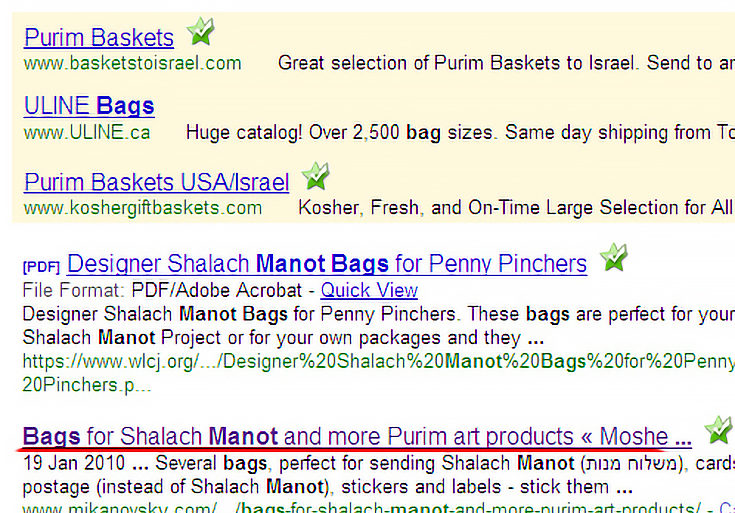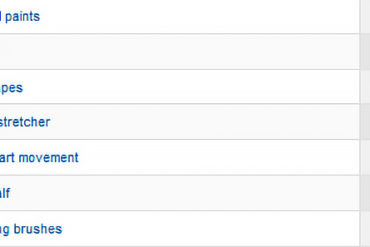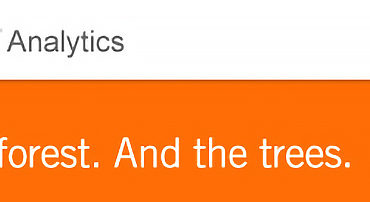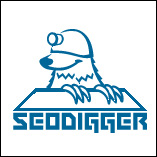Coming up with titles for your artwork is tough—no question about it. Do you go with something simple that describes the image? Do you spell out...
Do you have your own artist website? If so, then these articles are for you!
You see, we believe every artist with a portfolio site should know at least the basics of SEO (Search Engine Optimization). By making a few SEO tweaks to your portfolio website, you can make it easier to find online and reach more people with your art!
(Don't have a website? No problem! Check out our SEO-friendly artists websites at Foliotwist—created specifically for artists who want to sell more art online.)
Here are EE's most popular SEO tips for artists:
What is Search Engine Optimization (And How Can Artists Use it?)
How to Increase Traffic to your Art Blog by Describing your Artwork for Google
How to choose a Domain Name (and page URLs) for Your Art Website or Blog
The Easiest SEO Tip for Online Artists: Using Bold and Italic Keywords
Deep Linking Techniques for Art Bloggers (and Artists with Online Portfolios)





